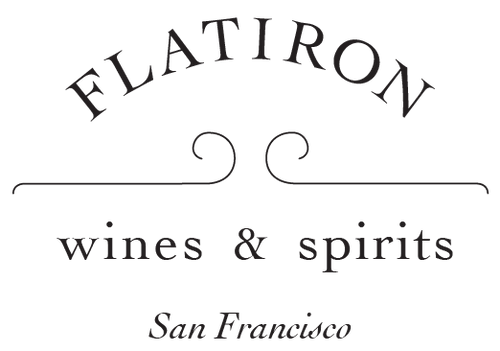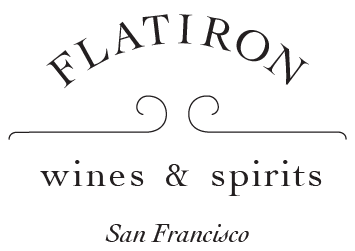
Leveling Up the Levels of Beaujolais-- Our New Blog Post!
A few weeks ago, we told you we were going to be updating our Guide to Beaujolais. We started with an introductory post on Beaujolais. But if you’re like us, once you start delving into a wine region, it’s only up from there.
So, today we’re back with the next installment: A detailed look into the differences and similarities between Beaujolais AOC, Beaujolais Village AOC, and Cru Beaujolais. All these wines are terrific in their own right, and we think it’s about time we let you--our customers--take a look behind the curtain at why each of these wines are perfect for different types of imbibing.
The wines of Beaujolais are divided into three in three Classifications: Beaujolais, Beaujolais Villages, and Beaujolais Crus.
1. Beaujolais AOC
-
Straightforwardly delicious wines, coming mostly from the south.
-
The French consider these Festive wines, perfect for parties and hangouts. But we also love good examples with food, from snacks up through hard-to-pair asian cuisines.
-
Generally lowest in price. Expect to pay $12-$18, with some exceptional examples costing $20.
2. Beaujolais Villages AOC
-
Delicious and accessible wines from more esteemed terroirs in the northern half of Beaujolais.
-
The French call these Expressive wines, and consider them better for slightly more elevate cuisines because of their touch of extra structure and complexity.
-
Generally a touch more expensive: expect to $16-$25 dollars, although there are some very top examples that can cost as much as the low $30s.
3. Beaujolais Crus
-
These are the Exceptional wines that come from the the ten most distinctive terroirs in the north ((Morgon, Fleurie, etc).
-
The French call these Exceptional wines -- which they are! -- and consider them worthy of at least short term aging and pairing with even more elevated cuisine. We agree, but we also like to drink them at parties because they kill!
-
This is generally the most expensive of the classifications: expect to pay from the low $20s to the low $40s, though you can find some killer deals in the teens, and some top collectible examples (Foillard, Metras) that hit $100.
Getting the lay of Beaujolais’ land
The Beaujolais wine region is not small, but it isn’t too complicated either, and it’s definitely easier to understand than many French regions like Burgundy or the Rhône. The first thing to understand is that the northern and southern halves are quite different. The south (Bas Beaujolais, for “Lower Beaujolais”) is flatter and the soils are richer (heavier with clay and sandstone). The north (Haut Beaujolais, for “Upper Beaujolais”) has rolling hills with stonier soils, famous for Schist and, especially, Granite.
You can already tell how important that north/south split is from the fact that the least expensive wines generally come from the south, and the more expensive and age-worthy wines come from the north. And if this was all you learned about Beaujolais you’d know enough to dive in and start learning by tasting (which you should do!). But as always with wine, a lot of the fun is in the details.
We’ve got an entire blog post full of those fun details, which will dive further into the nitty-gritty of these three levels of Beaujolais.
So, why don’t you kick back with a glass of wine (our suggestions are below) and read on!
Beaujolais AOC
Or, shop our entire selection of Beaujolais.
Beaujolais Village AOC
Or, shop our entire selection of Beaujolais Village.
Cru Beaujolais
Or, shop our entire selection of Cru Beaujolais.
As always, if you're looking for new arrivals and special deals on beaujolais, please be sure to sign up for our newsletter. Every week we give you great stories and special pricing on the most delicious and interesting wines in the world -- no shortage of which are from Beaujolais.

